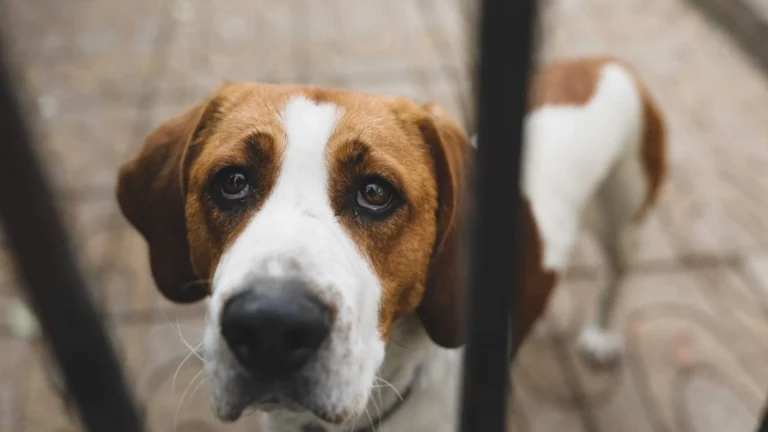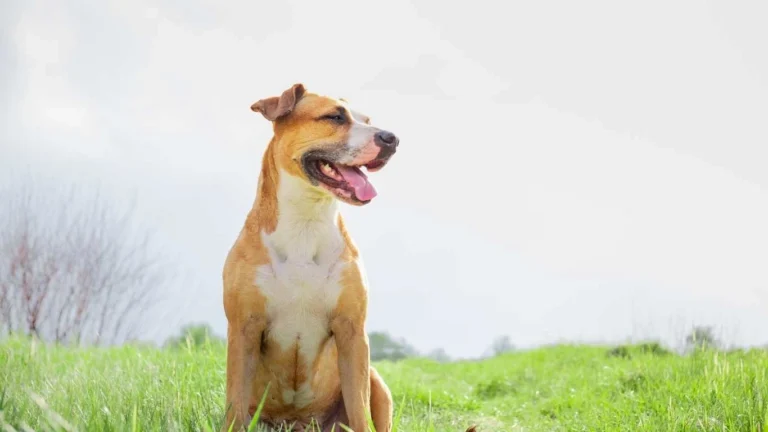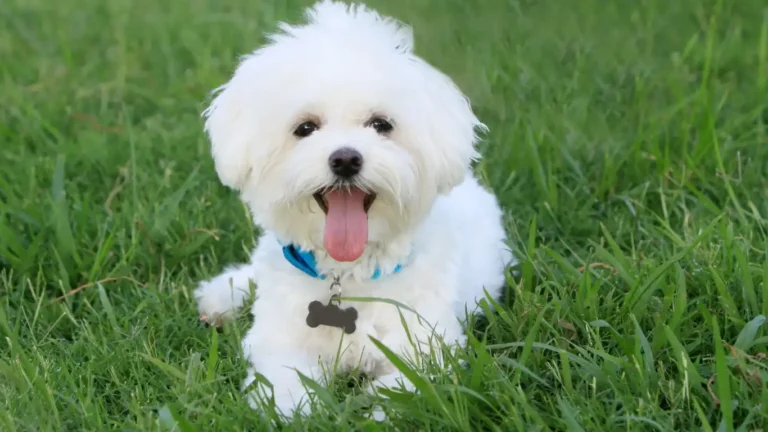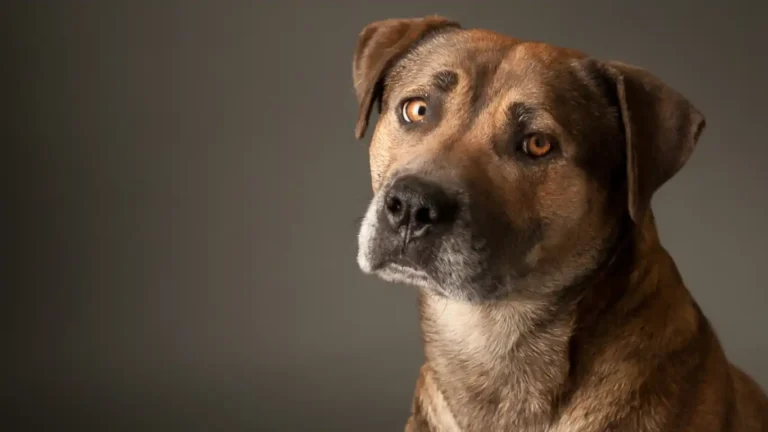How to Recognize and Treat Dehydration in Dogs: Effective Solutions
As a pet nutritionist and expert with years of experience in veterinary clinics, I’ve seen a lot of things when it comes to caring for our furry friends. One of the most critical, yet often overlooked issues is dehydration in dogs. Whether it’s during hot summer days, after an intense play session, or due to an illness, dehydration is a serious condition that can affect your dog’s overall health if not addressed quickly. So, how do you recognize and treat dehydration in dogs before it becomes a bigger problem? Let’s dive into that and I’ll share some of my personal insights based on what I’ve seen over the years.
What Is Dehydration in Dogs?
Dehydration happens when your dog loses more water than it takes in. Our furry friends, just like us, need water to keep their bodies functioning properly. It helps in digestion, regulating body temperature, and even lubricating joints. When a dog becomes dehydrated, it means that there is an insufficient amount of water in their body to maintain those essential processes.
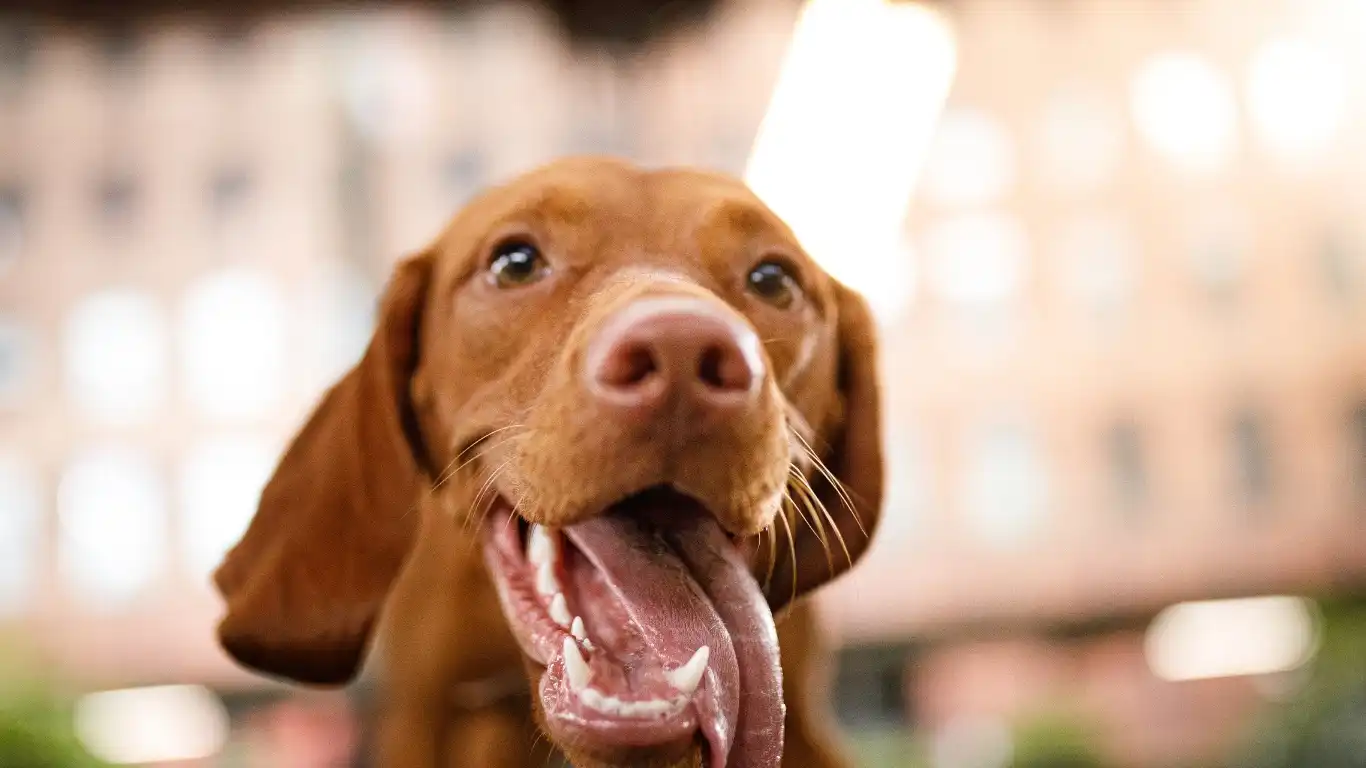
Now, this might sound scary, but don’t worry, recognizing dehydration early can make all the difference. I’ve worked with countless dogs in my time at veterinary clinics, and I can tell you that the sooner you spot it, the easier it is to treat. Let’s break down the signs and symptoms you should look for in your dog.
Signs of Dehydration in Dogs: How to Spot It Early
One thing I always tell pet owners is that dehydration isn’t always obvious at first. In the early stages, it can be subtle. But as someone who’s seen it up close, I’ve learned to watch for these key signs:
- Dry or Sticky Gums: This is one of the first things you should check. Gently lift your dog’s lip and feel their gums. Are they moist? Or do they feel dry or sticky? If it’s the latter, dehydration could be the cause.
- Lethargy: Dehydrated dogs often become tired and sluggish. If your dog is normally full of energy but seems unusually tired or uninterested in playing, dehydration could be the issue.
- Loss of Skin Elasticity: A simple test you can do is gently pinch the skin on the back of your dog’s neck or between the shoulder blades. If the skin doesn’t quickly return to its normal position but stays “tented,” your dog may be dehydrated.
- Sunken Eyes: Look closely into your dog’s eyes. If they appear sunken or dull, that could be another sign of dehydration.
- Excessive Panting: While panting is normal for dogs, if your dog is panting excessively, especially when not engaged in physical activity or in a cooler environment, it could indicate dehydration.
- Loss of Appetite: If your dog refuses food or water, that’s a major red flag. Dehydration can lead to a lack of appetite and difficulty drinking.
It’s not always easy to notice dehydration right away, especially in dogs that are less vocal about their discomfort. But if you notice any of these symptoms, it’s time to take action.
What Causes Dehydration in Dogs?
So, what causes dehydration in the first place? There are several factors, some of which might surprise you. Based on my experience, here’s what I’ve found to be the most common causes:
- Hot Weather: Dogs are more prone to dehydration in warmer months or if they’re exposed to excessive heat for extended periods. They don’t sweat like we do, so they rely heavily on panting to regulate their body temperature. If they’re outside too long, especially during intense play, dehydration can creep up quickly.
- Illness: Dogs that are suffering from illnesses like vomiting, diarrhea, or fever are at high risk of dehydration. These conditions cause them to lose fluids rapidly, and if not treated in time, it can lead to severe dehydration.
- Not Drinking Enough Water: Some dogs are just not great about drinking water. Maybe they’re picky, or they don’t like the taste of certain types of water, or perhaps they’re just distracted by everything else going on in their environment.
- Increased Physical Activity: If your dog has been playing hard or running around in the heat, it’s easy for them to become dehydrated, especially if they haven’t had a chance to drink enough water.
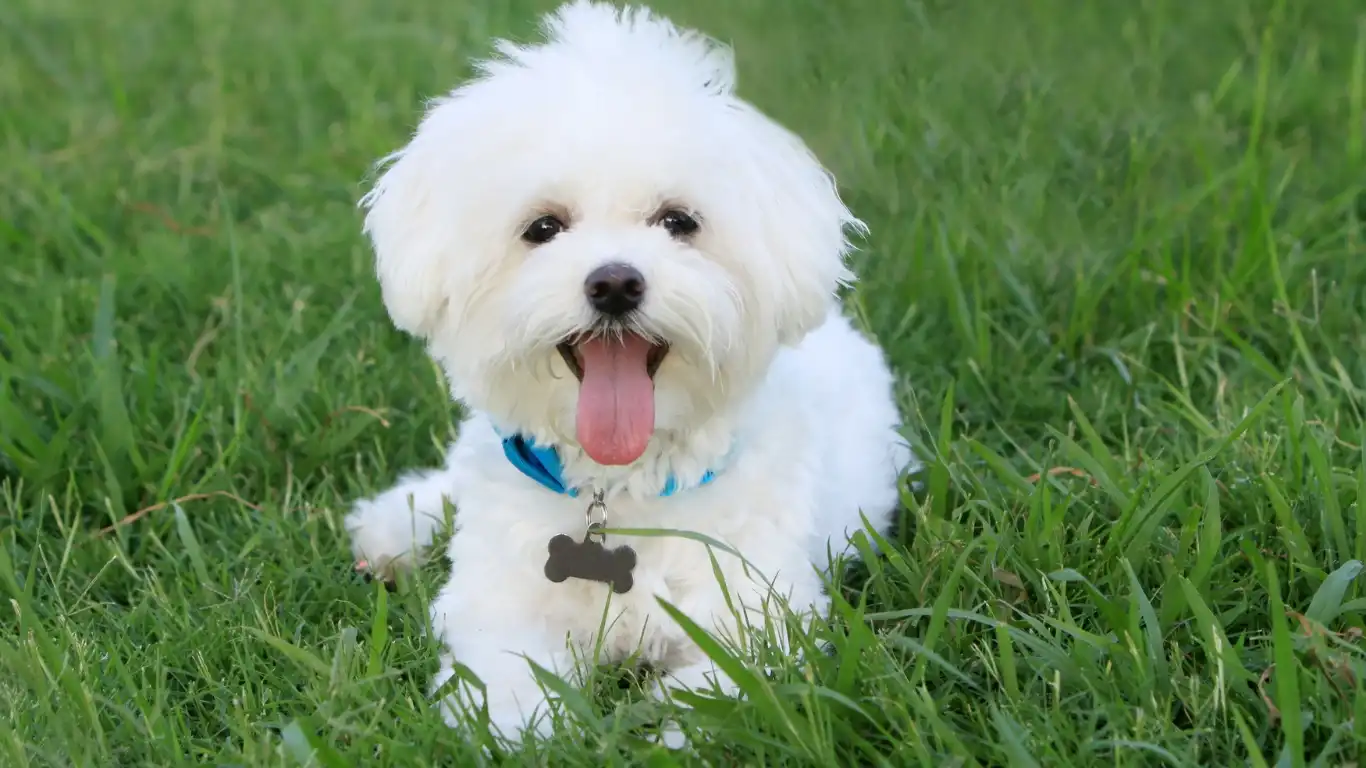
Being aware of these causes can help you anticipate and prevent dehydration. But even with the best of intentions, accidents do happen. Let’s move on to what you can do to treat dehydration in your dog.
How to Treat Dehydration in Dogs
So you’ve noticed the signs of dehydration—what now? The good news is that most cases of dehydration can be managed at home, but it’s crucial to act quickly. As someone who’s helped treat dehydration in many dogs, here’s what I recommend:
1. Offer Water Regularly
The first thing you want to do is make sure your dog has access to fresh water at all times. If they’re reluctant to drink, try offering small amounts of water every 15-20 minutes. You could also try offering ice cubes or water flavored with low-sodium broth to entice them to drink.
2. Hydration Supplements
In some cases, just drinking water isn’t enough. I’ve found that hydration solutions, like Pedialyte or special canine electrolytes, can be a game-changer. These solutions help replenish essential salts and minerals that might have been lost along with the water. Be sure to consult your vet about the right kind and amount of hydration supplement for your dog.
3. Wet Food or Ice Cubes
If your dog is refusing to drink water, try offering wet food or freezing broth into ice cubes for them to lick. This way, your dog still gets some hydration through their food, and it might just be enough to keep them going until they start feeling better.
4. Call Your Vet
If your dog’s condition worsens or they won’t drink or eat anything at all, it’s important to get them to a vet right away. Severe dehydration may require IV fluids or other medical interventions that are best handled in a veterinary clinic.
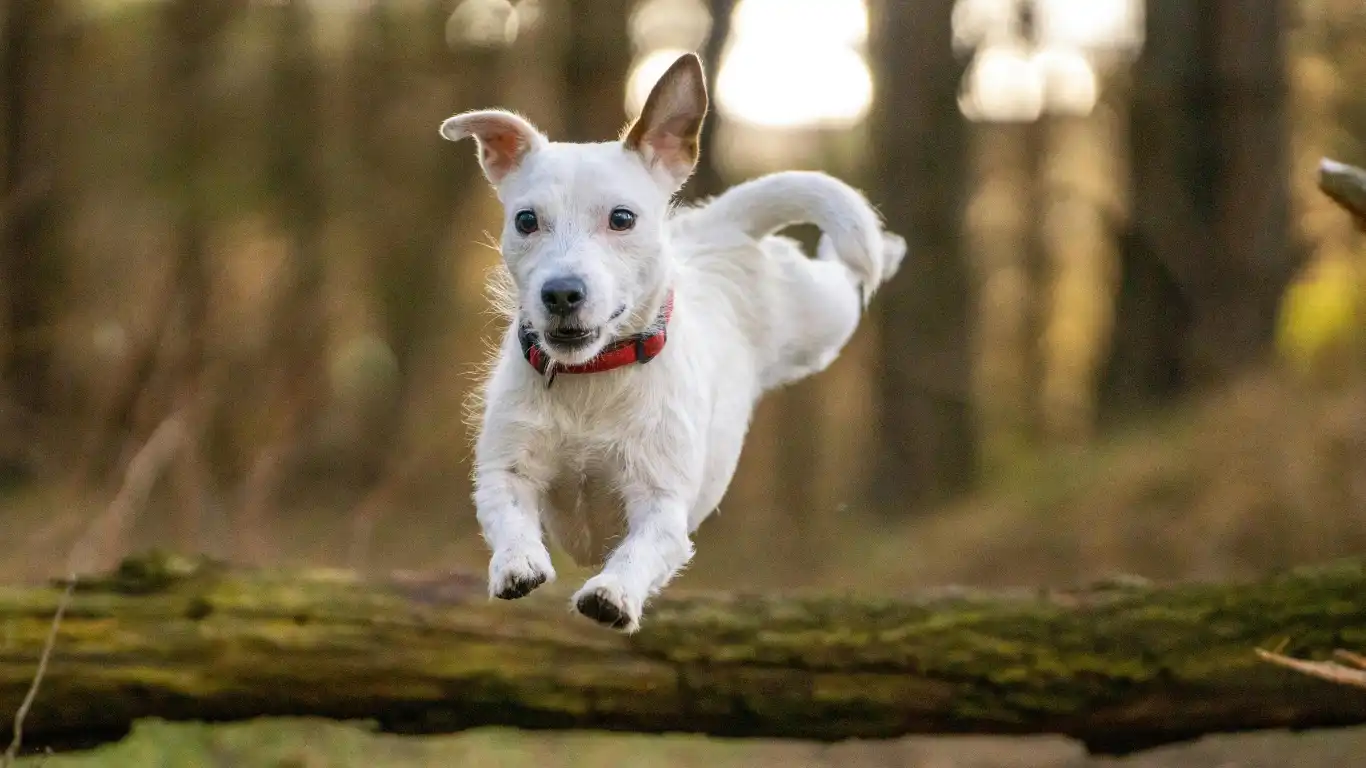
Remember, the quicker you notice the symptoms and begin treatment, the better. Dehydration can be a serious condition, but with the right care and attention, most dogs can bounce back quickly. In the next section, we’ll discuss more advanced treatment options for severe dehydration and how to prevent dehydration in the future. Stay tuned!
Welcome back! In Part 1, we covered the signs and symptoms of dehydration in dogs, as well as some of the common causes. Now, let’s dive deeper into how you can prevent dehydration in the future, plus explore some more advanced treatment options for severe dehydration. As a pet nutritionist with years of experience in veterinary clinics, I can tell you that preventing dehydration is far easier than treating it, so let’s talk about how you can make sure your dog stays hydrated and healthy.
Advanced Treatment for Severe Dehydration in Dogs
Sometimes, dehydration can progress to a more severe level, and when that happens, it’s essential to act fast. In these cases, home treatments like offering water or hydration supplements may not be enough, and you may need professional medical intervention. If your dog is experiencing severe dehydration, you may notice they are disoriented, lethargic to the point of immobility, and may even have a dry, sticky mouth, sunken eyes, and rapid heart rate. At this point, it’s critical to get them to the vet as quickly as possible.
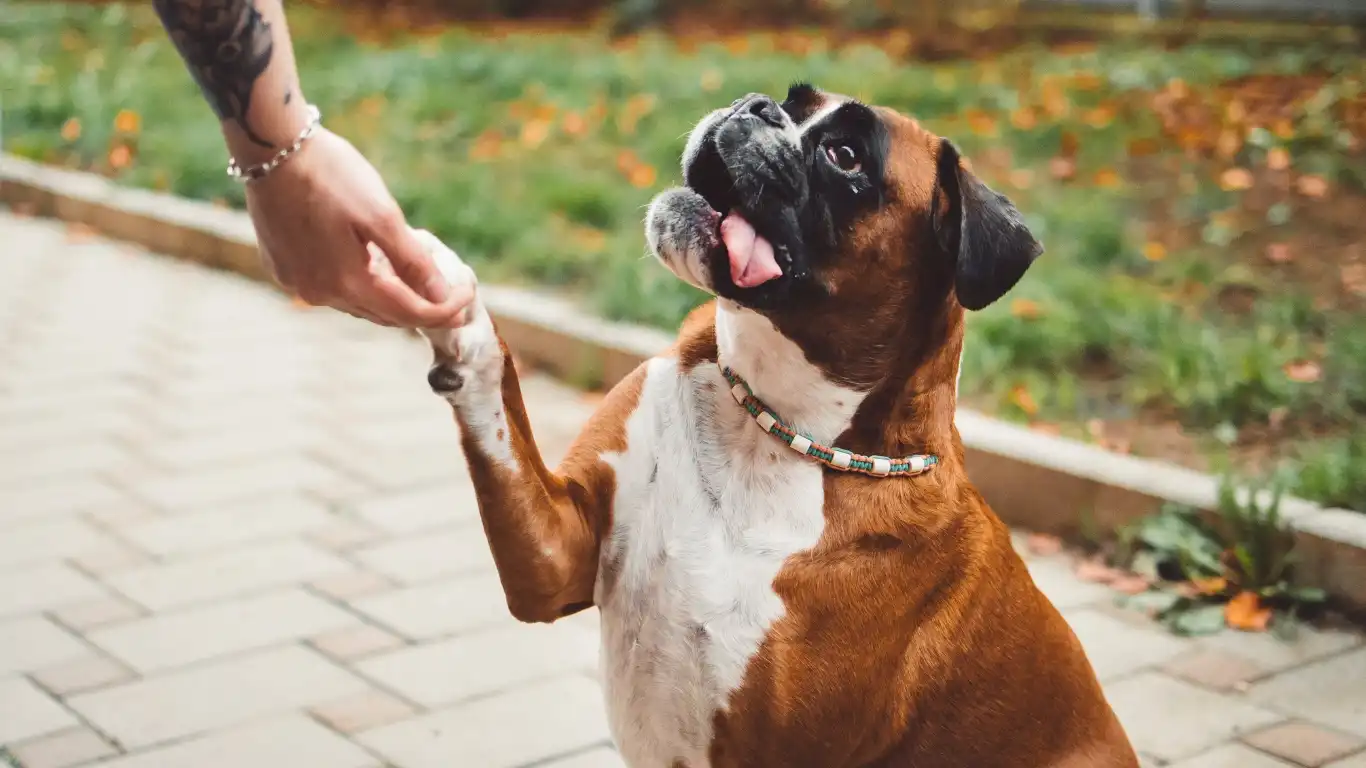
When a dog’s dehydration reaches this stage, a vet will often administer fluids intravenously (IV) to quickly rehydrate them. IV fluids are the most effective way to restore hydration rapidly, especially if your dog’s dehydration is accompanied by shock or other serious conditions. Your veterinarian may also choose to give fluids under the skin (subcutaneously) if the situation is less critical but still requires intervention.
In some cases, the vet may need to address the underlying cause of the dehydration. For example, if your dog is vomiting or has diarrhea, treating that issue will be a key part of the rehydration process. The goal is to not only get your dog back to a hydrated state but also make sure the root cause of the dehydration is properly addressed so it doesn’t happen again in the future.
Preventing Dehydration in Dogs
Now, let’s move on to prevention. As they say, an ounce of prevention is worth a pound of cure, and that’s especially true when it comes to dehydration in dogs. In my experience, most cases of dehydration are preventable if you follow some simple steps. Here are a few tips to help you keep your dog hydrated and healthy:
1. Provide Access to Fresh Water at All Times
The most obvious and crucial step in preventing dehydration is making sure your dog always has access to fresh, clean water. Whether you’re at home or out for a walk, carry a portable water bowl with you. I can’t tell you how many times I’ve seen dogs refuse to drink from a dirty bowl, so keep it fresh! You’d be amazed at how many dogs simply won’t drink from a bowl that’s been sitting out too long. A clean, water-filled bowl will always encourage them to drink more.
2. Monitor Their Activity in Hot Weather
Dogs are especially vulnerable to dehydration in hot weather, and it’s important to be mindful of how much physical activity they’re getting during the warmer months. During the summer or on particularly hot days, limit their exercise and always make sure there’s plenty of shade and fresh water available. Remember, dogs don’t sweat like humans do. They pant to cool off, but in extreme heat, it’s easy for them to become overheated and dehydrated. I recommend walking your dog early in the morning or late in the evening when temperatures are cooler.
3. Keep a Close Eye on Older Dogs or Dogs with Health Issues
Older dogs or dogs with chronic health conditions (like kidney disease or diabetes) are at a higher risk of dehydration. As a pet nutritionist, I’ve worked with many dogs in these situations, and I can tell you that hydration becomes even more important as they age. If your dog is older or has a medical condition, be extra vigilant in monitoring their water intake and overall health. This might mean encouraging them to drink more frequently or adding wet food to their diet for extra moisture.
4. Feed Wet Food for Extra Hydration
Incorporating wet food into your dog’s diet can be an excellent way to boost their hydration. Wet food typically contains more moisture than dry kibble, which helps ensure they’re getting enough water through their meals. If your dog is a picky eater or doesn’t drink enough water on their own, mixing some wet food with their regular food can help improve their hydration levels. I’ve found that dogs who are reluctant to drink water are often more inclined to eat a wet food meal since it’s a bit more appetizing and easier to consume.
Recognizing Dehydration Early: The Key to Preventing Serious Health Issues
As I mentioned before, the earlier you catch dehydration in your dog, the easier it is to treat and prevent long-term issues. That’s why regular check-ins with your dog’s hydration status are so important. Take note of their daily water consumption and how much they’re eating, especially if you’re in a hot climate or during times of increased physical activity.
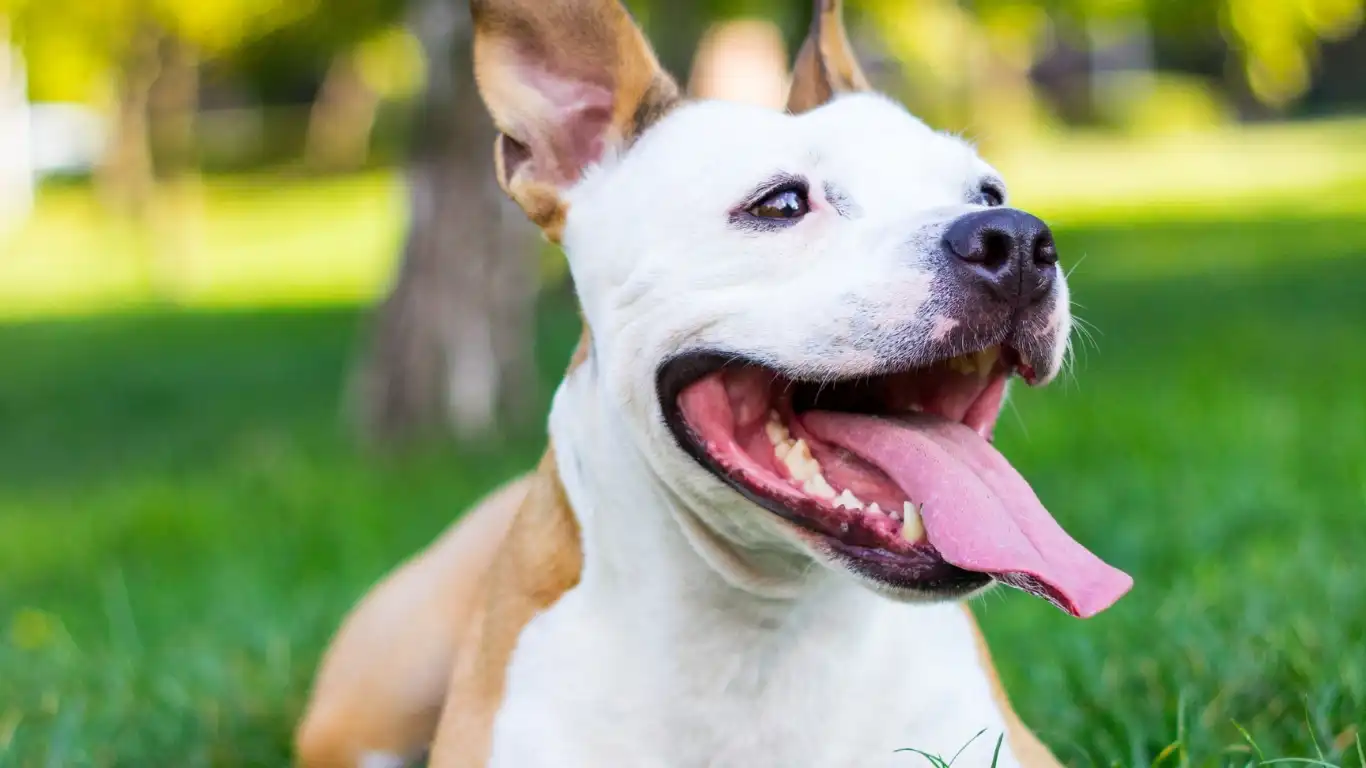
If your dog is active or if they’ve been sick, make sure to offer them extra hydration. And don’t forget to monitor the signs we talked about earlier: dry gums, sunken eyes, lethargy, and loss of appetite. These are all red flags that can help you catch dehydration before it becomes a serious issue. I can’t stress enough how important it is to be proactive when it comes to hydration, as even mild dehydration can lead to more serious health problems down the road if left untreated.
When to Seek Veterinary Help
While many cases of dehydration can be treated at home, it’s essential to know when it’s time to seek professional help. If your dog is showing signs of severe dehydration (e.g., extremely dry mouth, sunken eyes, rapid heartbeat, or lack of response), don’t wait—call your vet immediately. In these cases, your dog may need IV fluids or more advanced medical care that can’t be done at home.
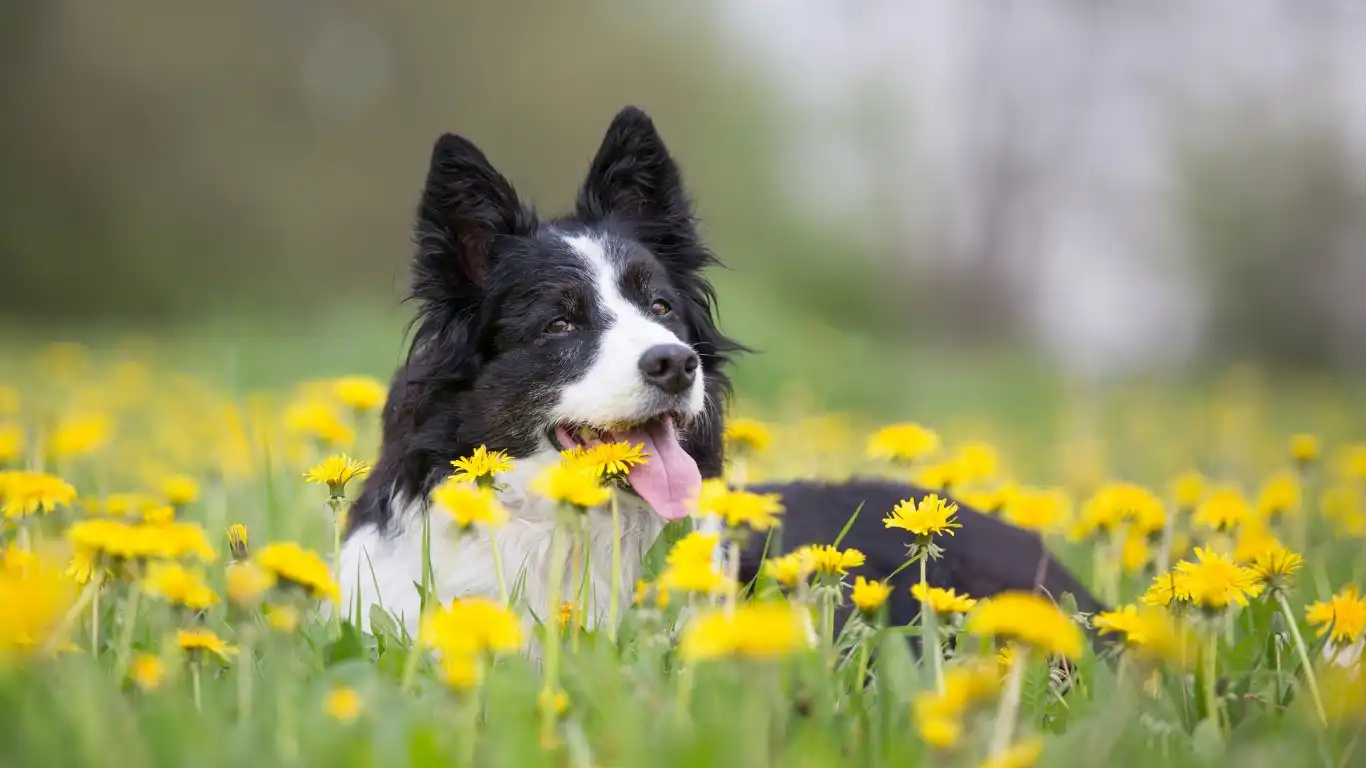
In conclusion, keeping your dog hydrated is one of the simplest and most effective ways to ensure their overall health and well-being. With a little vigilance and care, you can prevent dehydration from becoming a serious issue. Remember, always offer fresh water, monitor their activity, and keep an eye on their health. Your dog’s happiness and health are in your hands, and by preventing dehydration, you’re setting them up for a long, happy life. If you have any concerns, never hesitate to reach out to your vet—they’re there to help!
By now, we’ve covered everything from recognizing dehydration in dogs to effective treatment and prevention strategies. But sometimes, hearing real-life examples can drive the point home. So, let’s go over some case studies where dehydration was caught in time—and some where it wasn’t—to highlight the importance of staying vigilant.
Case Studies & Real-Life Examples

Case Study 1: The Lucky Catch
A client once brought in a 5-year-old Labrador named Max, who had been unusually sluggish after a long day at the beach. His owner had assumed he was just tired, but I immediately noticed Max’s gums were dry, and he wasn’t responding with his usual enthusiasm. We did the skin elasticity test (a gentle pinch on the back of the neck), and his skin didn’t snap back the way it should—it stayed raised. Classic dehydration.
Thankfully, Max’s owner had caught it early enough. We gave him subcutaneous fluids, and within a few hours, he perked up. The takeaway? Don’t assume exhaustion is just exhaustion, especially after lots of sun exposure. Always check for signs of dehydration.
Case Study 2: A Dangerous Oversight
Then there was Bella, a 12-year-old Dachshund, who had been vomiting and refusing food for two days before her owner brought her in. Unfortunately, she was already in critical condition—sunken eyes, extreme lethargy, and a dangerously low body temperature. IV fluids were the only option. It turned out she had an underlying kidney issue that was making her dehydration worse.
While we stabilized Bella, her condition could have been managed much earlier if she had been brought in at the first signs of dehydration. This story is a reminder that waiting too long can lead to emergency situations. If your dog isn’t drinking, eating, or is losing fluids through vomiting or diarrhea, don’t wait. Call your vet immediately.
Key Takeaways: What You Need to Remember
To wrap things up, here are the key points to remember when it comes to keeping your dog hydrated:
- Always provide fresh water: Make sure your dog has access to clean, cool water at all times.
- Monitor their activity: Hot weather and excessive exercise can quickly lead to dehydration.
- Watch for early warning signs: Dry gums, sunken eyes, and lethargy should never be ignored.
- Adjust their diet if needed: Adding wet food or hydrating supplements can help increase fluid intake.
- Know when to seek veterinary care: Severe dehydration is a medical emergency—don’t wait too long.
FAQs
How can I encourage my dog to drink more water?
If your dog isn’t drinking enough, try using a pet water fountain, adding water to their kibble, or flavoring their water with a small amount of bone broth (unsalted and dog-safe, of course!). Some dogs just prefer moving water over still water.
Can I give my dog sports drinks or electrolyte solutions?
Not all human electrolyte drinks are safe for dogs. Some contain artificial sweeteners like xylitol, which is toxic to dogs. Instead, look for vet-approved canine electrolyte solutions or make a homemade version with water, a pinch of salt, and a bit of chicken broth.
Is it normal for my dog to drink a lot more after exercise?
Yes! Dogs naturally drink more after activity. However, if you notice excessive drinking without an obvious cause, it could indicate an underlying health issue like diabetes or kidney disease. If this happens regularly, consult your vet.
Bonus: Additional Resources or DIY Tips
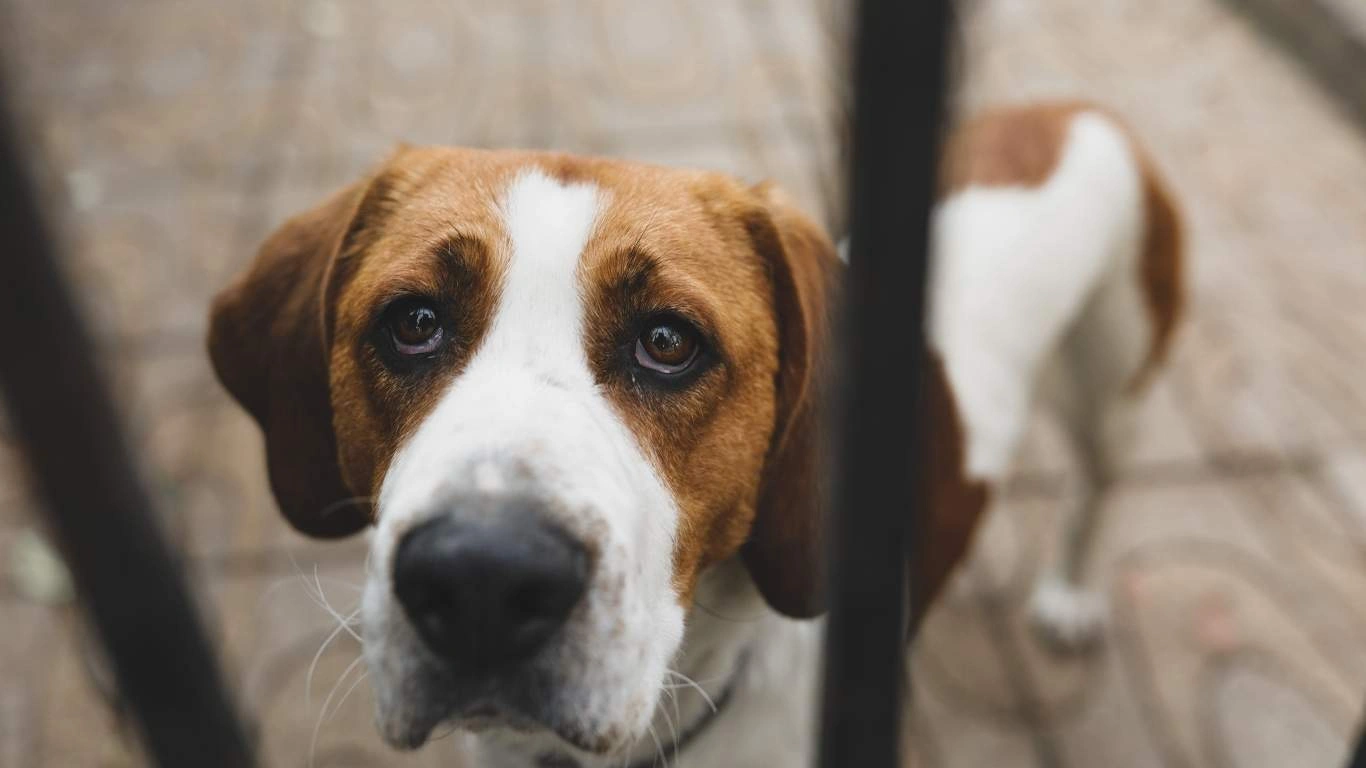
DIY Hydration Treats
One of my favorite tricks for keeping dogs hydrated is making homemade frozen hydration treats. Here’s an easy recipe:
- 1 cup low-sodium chicken broth
- 1/2 cup coconut water (dog-safe, no added sugar)
- 1/2 cup pureed watermelon (seedless!)
Mix the ingredients together, pour into ice cube trays, and freeze. These tasty, hydrating treats are great for hot days and encourage picky drinkers to get more fluids.
How to Spot Dehydration in Different Dog Breeds
Some breeds are more prone to dehydration than others. Flat-faced breeds like Bulldogs and Pugs overheat easily, while large breeds like Great Danes and Retrievers may require extra water due to their size. Adjust hydration strategies based on your dog’s unique needs!
Appendix: Table, References, and Disclaimer
| Symptom | Severity | Recommended Action |
|---|---|---|
| Dry gums, mild lethargy | Mild | Encourage water intake, monitor closely |
| Sunken eyes, refusal to eat | Moderate | Offer fluids, consult a vet |
| Collapse, rapid heartbeat | Severe | Seek emergency vet care immediately |
References
Disclaimer
The information in this article is for educational purposes only and should not replace professional veterinary advice. If you suspect your dog is dehydrated, consult your veterinarian.
Call to Action
Hydration is a crucial part of your dog’s health, and staying informed can make all the difference. If you found this guide helpful, share it with fellow pet parents! And if you ever have concerns about your dog’s hydration, don’t hesitate to reach out to your vet—your furry friend depends on you.

